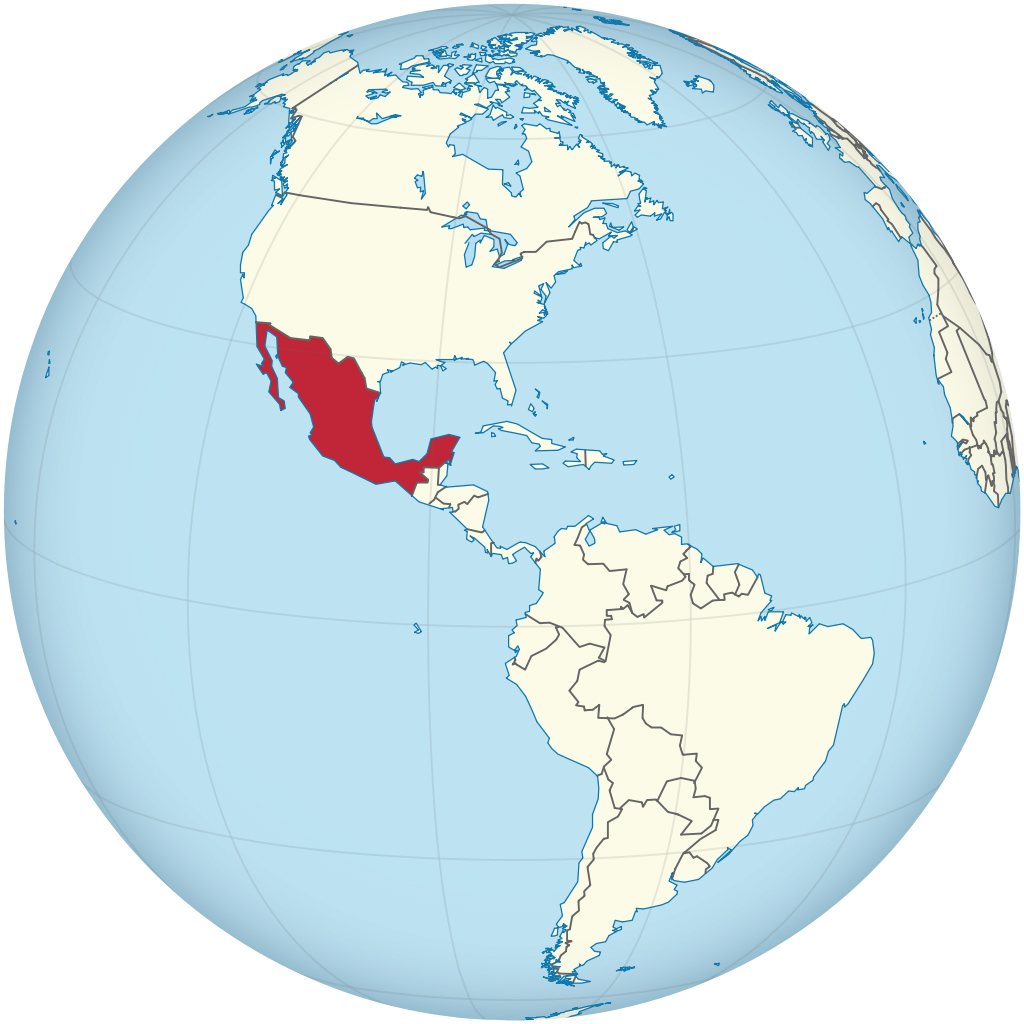The Mata Ortiz Pottery 5

ACKNOWLEDGMENTS
Please, note: all links are embedded.
I would like to express my deep gratitude and special thanks to:
- Steve Thompson, DeSilva Imports, Blaine, WA, US
- Andrea Calleros, Flor de Barro Gallery, El Paso, TX, US
- May Herz, Sandia Folk, TX, US
- Michael Wisner, artist, Colorado, US
- Raechel Running, independent photographer from Tucson, Arizona, US
- Paul Roach, Director of Advancement & Communications, American Museum of Ceramic Art, Pomona, CA, US
- Chris Coleman, Collection Manager – Archaeology, Department of Anthropology, Natural History Museum of Los Angeles County, CA, US
WHERE TO BUY
Michael Wisner, a Colorado artist who studied with Juan Quezada, in Mexico, for about 10 years, is selling not just his own amazing pieces but also a large collection of museum ollas by Juan: you can see it on the website www.thejuanquezadacollection.com and contact him if you’re interested (mike.pottery@gmail.com).
The Flor de Barro Gallery, in El Paso, TX, has many contemporary pieces of Juan and a refined selection of high-quality pieces by other Mata Ortiz artists. On its website, you can check the pieces and their prices, as well. You can also contact the gallery owners, Maria Guadalupe García Ontiveros and Jesús Edmundo Calleros, or their daughter, Andrea Calleros (a very kind girl!), for any personal request (info@flordebarrogallery.com).
DeSilva Imports is a small business specializing in online sales of Fine Folk Art and Jewelry from Mexico, and educational events at US museums. If you’d like the idea of receiving a pot especially made for you by a Mata Ortiz artist, Steve Thompson is the right person to contact (scthom1967@msn.com).
Both Andrea Calleros and Steve Thompson are friends or have direct contact with many contemporary Mata Ortiz potters and artists. Contact them if you’d like to get some alfareros of the village.
May Herz and Alfonso Olvera started collecting Mexican Folk art and later, in 2000, decided to establish a folk art gallery where they could share their passion: Sandia Fine Mexican Folk Arts. To contact them: info@sandiafolk.com.
The Internet is rich in stores and galleries selling Mata Ortiz pieces. My advice: if you like anything, wait a bit and do not click the shop online button, particularly if you are requested to spend a lot. Write a mail asking for more information, more pictures, a special packaging, a small discount, whatever. And see what happens. Some stores and galleries will not answer you, and some others will be less than forthcoming: this is my experience. It does not mean they are not serious or reliable sellers, of course. It means that, if there’s any problem or issue (delay in delivery, damaged parcel, partial match with the photographed pot, etc.) they won’t be ready to help you quickly and efficiently.
I’m a crazy collector of different worldwide items and I’m a “pro” buyer. I definitely prefer to buy from warm real people, not just sellers with a cash register for a brain.
Rodrigo y Gabriela, Tamacun, 2006
Rodrigo Sánchez (born 1974) and Gabriela Quintero (born 1973) are well-known Mexican acoustic guitar duo. Tamacun was composed and arranged by both in 2006 and was inspired by 66 yr-old Mexican Eroberto Piza Rios, better known as “Tamacun”, a famous naturalist and trainer of crocodiles living in Playa Linda Ixtapa, in the Mexican state of Guerrero. This musical piece is characterized by super fast rhythmic techniques and mixes Rumba, Golpe, Ragueado, Tremolo, and Alzapua. Look at Gabriela’s hands…
LINKS
The Mexican Revolution and the United States in the Collections of the Library of Congress
This website by the US Library of Congress tells the dynamic story of the complex and turbulent relationship between Mexico and the United States during the Mexican Revolution, approximately 1910-1920. The site features extraordinary items from many parts of the Library including letters from U.S. President William Howard Taft (1909-1913), photographs, books, manuscripts, and maps. This online exhibition closes with items depicting the impact of the Mexican Revolution on the United States and the consequences of the Revolution on the future of Mexican politics. Many of these items are available online for the first time.
Mediateca INAH – Instituto Nacional de Antropología e Historia de México
It is the open access digital repository of the National Institute of Anthropology and History of Mexico which makes available to the public a rich cultural and historical heritage.
Silvana Estrada — Sabré Olvidar (Lyric)
Silvana Estrada (1997) is a young Mexican singer-songwriter who brings to life the joys and pains of existence in in a delicate yet powerful way. This song is about letting go of a painful memory, a broken promise, our sorrows, and sadness.
BIBLIOGRAPHY
Please, note: this bibliography is not at all an exhaustive one, as it only reflects my readings.
JUAN QUEZADA AND MATA ORTIZ POTTERY
Walter P. Parks, The Miracle of Mata Ortiz – Juan Quezada and the Potters of Northern Chihuahua, The Coulter Press, California (US), 1993.
Spencer Heath MacCallum, Introduction: Chronology and Perspective on the Mata Ortiz Phenomenon, in Kiva, Vol. 60, No. 1, The Pottery and Potters of Mata Ortiz, Chihuahua (Fall, 1994), pp. 5-23.
Elaine Levin, Juan Quezada – Potter in a new Tradition, in Ceramics Monthly, September 1980, pp. 50-57.
Philip Stover, Mata Ortiz Pottery Buyer’s Guide, Rio Vista Press, Deming New Mexico (US), 2016, updated in 2020.
Rick Cahill, The Story of Casas Grandes Pottery, Boojum Books, Arizona (US), 1991.
Michael Wisner, The Ceramic Technology of Mata Ortiz, in VV. AA., The Many Faces of Mata Ortiz, contributors S. Lowell, J. Hills, J. Q. Rodriguez, W. Parks, M. Wisner, Rio Nuevo Publishers, Arizona (US), 1999.
Javier O. Urquidi, Pottery – Art and Tradition, Chihuahua, Mexico, 2014.
Allan Hayes, John Blom, and Carol Hayes, Southwestern Pottery – Anasazi to Zuni, Taylor Trade Publishing, 2nd Edition, 2015.
VV. AA. (Rondal Rex Bridgemon, Susan L. Bridgemon, Janis B. Diers, Russell D. Diers), The Magnetism of Mata Ortiz: Places, People, and Pottery, edited by John R. Gentile, R&S Enterprises, 2010.
Sandra S. Smith, Portraits of Clay – Potters of Mata Ortiz, Introduction by Spencer H. MacCallum, The University of Arizona Press, 1998.
Nancy Andrews, Tea with Juan Quezada: An Afternoon at Rancho Barro Blanco, in Journal of the Southwest, Vol. 54, No. 1, Forgotten Tributaries of the Palanganas: Untold Stories from Mata Ortiz (Spring 2012), pp. 177-183.
Phil Stover, The Eye of God: Tranquility and Tradition…. Mata Ortiz Pottery in Harmony with the Ancients, in Journal of the Southwest, Vol. 54, No. 1, Forgotten Tributaries of the Palanganas: Untold Stories from Mata Ortiz (Spring 2012), pp. 159-163.
Ron Goebel, Lydia Quezada’s “Work of Inspiration”, in Journal of the Southwest, Vol. 54, No. 1, Forgotten Tributaries of the Palanganas: Untold Stories from Mata Ortiz (Spring 2012), pp. 209-214.
Jim Hills, Reconstructing a Miracle: New Perspectives on Mata Ortiz Pottery Making, in Journal of the Southwest, Vol. 54, No. 1, Forgotten Tributaries of the Palanganas: Untold Stories from Mata Ortiz (Spring 2012), pp. 81-158.
Richard D. O’Connor, “Reconstructing a Miracle,” by Jim Hills: Analysis and Response, in Journal of the Southwest, Vol. 56, No. 4 (Winter 2014), pp. 687-719.
Diego Valles, The light of Mata Ortiz, in Installation Magazine, Santa Monica, California (US).
Alison Darosa, Shaped from clay: The rapidly evolving pottery of Mata Ortiz, Mexico, 11 January 2013, The Los Angeles Times.
PAQUIMÉ AND THE CASAS GRANDES CULTURE
Ancient Paquimé and the Casas Grandes World, Edited by Paul E. Minnis and Michael E. Whalen, The University of Arizona Press, 2015.
Discovering Paquimé, Edited by Paul E. Minnis and Michael E. Whalen, Tucson And Dragoon, The University of Arizona Press and the Amerind Foundation, 2016.
Michael E. Whalen and Paul E. Minnis, The Local and the Distant in the Origin of Casas Grandes, Chihuahua, Mexico, in American Antiquity, vol. 68, no. 2 (Apr., 2003), pp. 314-332. Cambridge University Press.
Ana Y. Morales-Arce et al., Ancient mitochondrial DNA and ancestry of Paquimé inhabitants, Casas Grandes (A.D. 1200-1450), in American Journal of Physical Anthropology, 163, April 2017.
David A. Phillips, Jr. and Elizabeth Arwen Bagwell, How Big Was Paquimé?, 66th Annual Meeting, Society for American Archaeology, New Orleans, April 2001.
Delain Hughes, Complementary Dualities: The Significance Of East/West Architectural Difference In Paquimé, Thesis prepared for the Degree of Master of Arts, University of North Texas, August 2005.
Sharon Hull – Timothy D. Maxwell – Mostafa Fayek – Rafael Cruz Antillón, Chasing Beauty: Evidence for Southwestern U.S. Turquoise in Mexico, 78th annual meeting of the Society for American Archaeology, April 2013, Honolulu, Hawaii.
Christine S. VanPool, The Shaman-Priests of the Casas Grandes Region, Chihuahua, Mexico, in American Antiquity, Vol. 68, No. 4 (Oct., 2003), pp. 696-717.
Christine S. VanPool, Todd L. VanPool and Lauren W. Downs, Dressing the Person: Clothing and Identity in the Casas Grandes World, in American Antiquity, Vol. 82, No. 2 (April 2017), pp. 262-287.
Christine S. VanPool and Todd L. VanPool, The Reality of Casas Grandes Potters: Realistic Portraits of Spirits and Shamans, in Religions, 12: 315, 2021.
Richard F. Townsend, Casas Grandes and the Ceramic Art of the Ancient Southwest, The Art Institute of Chicago / Yale University Press, 1st Edition, 2005.
THE MEXICAN REVOLUTION
Mark Wasserman, The Social Origins of the 1910 Revolution in Chihuahua, in Latin American Research Review, Vol. 15, No. 1 (1980), pp. 15-38.
Mark Wasserman, Strategies for Survival of the Porfirian Elite in Revolutionary Mexico: Chihuahua during the 1920s, in Hispanic American Historical Review, 67:1, 1987, Duke University Press.
Mark Wasserman, The Mexican Revolution: A Brief History with Documents, Bedford Cultural Editions Series, first edition, 2012.
Mark Wasserman, Enrique C. Creel: Business and Politics in Mexico, 1880-1930, in The Business History Review, Vol. 59, No. 4, Business in Latin America (Winter, 1985), pp. 645-662.
Friedrich Katz, The Secret War in Mexico: Europe, the United States, and the Mexican Revolution, Chicago: University of Chicago Press, 1981.
Friedrich Katz, The Life and Times of Pancho Villa, Stanford University Press: Stanford, 1998.
Paco Ignacio Taibo II, Pancho Villa – Una biografía narrativa, (Spanish Edition), Grupo Planeta – México, 2006.
Massimo De Giuseppe, La rivoluzione messicana, Universale paperbacks, Il Mulino, Bologna, 2013.
Sandra Bustillos, La Revolución Mexicana en Ciudad Juárez, Biblioteca Virtual – BIVIR, Universidad Autónoma de Ciudad Juárez, Mexico.
Robert Sandels, Antecedentes de la Revolución en Chihuahua, in Historia Mexicana, El Colegio de México, Vol. 24, N. 3 (95), enero-marzo 1975.
Margarita Peña, Terrazas, Madero y Villa: Caciques y caudillos, Revista de la Universidad de México, no. 81, 2010.
LUIS TERRAZAS, THE MORMONS, AND THE WAR ON APACHES
Ignacio Almada Bay and Norma de León Figueroa, Las gratificaciones por cabelleras. Una táctica del gobierno del estado de Sonora en el combate a los Apaches, 1830-1880, in Intersticios sociales, no.11, Zapopan, Jalisco, 2016.
Alonso Domínguez, El latifundio Terrazas y la especulación de tierras y ganado, CHIHUAHUA HOY 2012, pp. 77-94.
Leslie L. Sudweeks, The Miracle of the Piedras Verdes: The Story of the Founding of Colonia Juarez, 2017, in Whipple.org.
Mark Wasserman, Oligarquía e intereses extranjeros en Chihuahua durante el Porfiriato, in Historia Mexicana, Vol. 22, No. 3 (Jan. – Mar., 1973), pp. 279-319.
Friedrich Katz, Labor conditions on haciendas in Porfirian Mexico: some trends and tendencies, in HAHR The Hispanic American Historical Review, Vol. 54, No. 1 (Feb., 1974), pp. 1-47.,
Friedrich Katz, La Servidumbre Agraria en Mexico en la Epoca Porfiriana / The Agrarian Servitude in Mexico During the Porfirian Years, Ediciones Era S.A. De C.V., 2004.
John Williams Malone, An Album of the American Cowboy, Franklin Watts Inc., New York, 1971.
Harold D. Sims, Espejo de caciques: los Terrazas de Chihuahua, in Historia Mexicana, Vol. 18, N. 3, enero-marzo 1969.
Margarita Peña, Luis Terrazas y Chihuahua. Entre la Independencia y la Revolución, Revista de la Universidad de México, no. 71, enero 2010.
Elias H. Tuma, Land Reform, Encyclopaedia Britannica, 2000 (E. H. Tuma, Emeritus Professor of Economics at the University of California Davis)
Richard D. O’Connor, The Origins of Pearson, Chihuahua: A Photographic Essay, in Journal of the Southwest, Vol. 54, No. 1, Forgotten Tributaries of the Palanganas: Untold Stories from Mata Ortiz (Spring 2012), pp. 59-70.
Florence C. Lister and Robert Lister, Chihuahua. Almacén de tempestades, Gobierno del Estado de Chihuahua, México, 1979.

Alyx Becerra
OUR SERVICES
DO YOU NEED ANY HELP?
Did you inherit from your aunt a tribal mask, a stool, a vase, a rug, an ethnic item you don’t know what it is?
Did you find in a trunk an ethnic mysterious item you don’t even know how to describe?
Would you like to know if it’s worth something or is a worthless souvenir?
Would you like to know what it is exactly and if / how / where you might sell it?
